Home>Others>Eco-Friendly Products>How To Reduce Flies In A Compost Bin
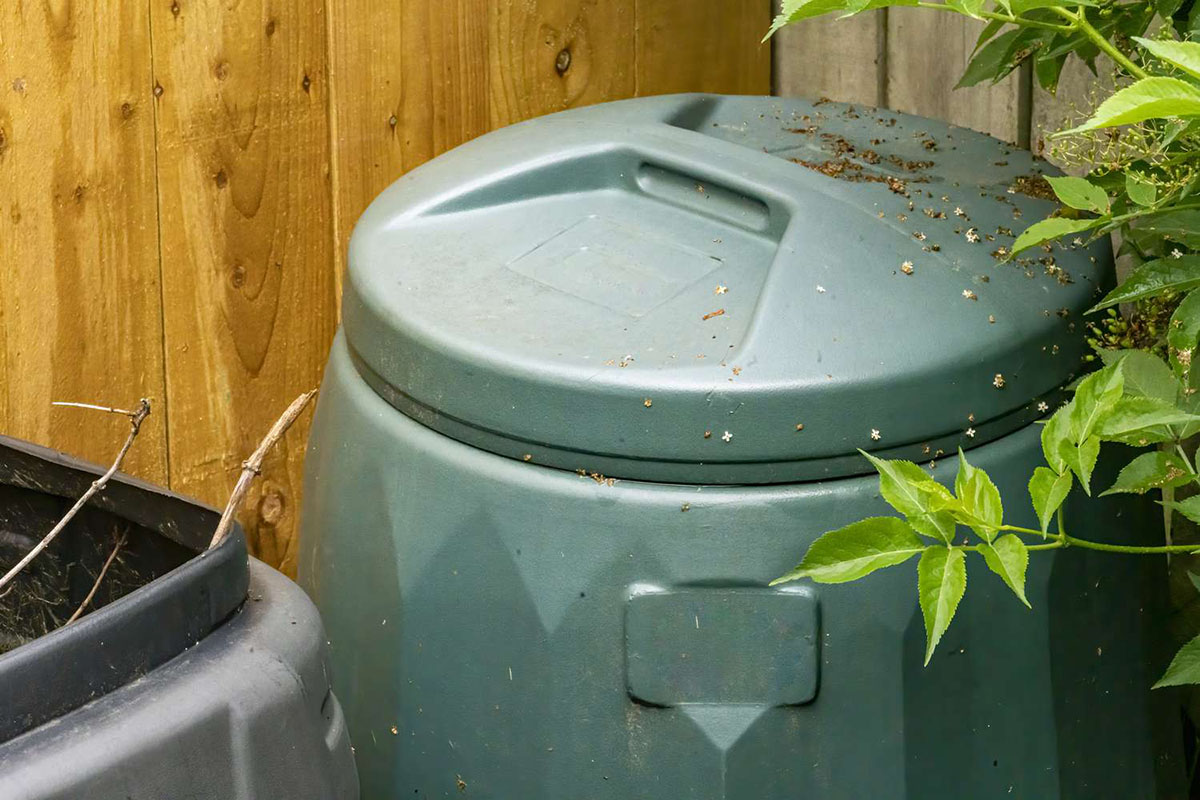

Eco-Friendly Products
How To Reduce Flies In A Compost Bin
Modified: February 18, 2024
Learn how to reduce flies in your compost bin using eco-friendly products. Discover effective and sustainable solutions for a cleaner composting process.
(Many of the links in this article redirect to a specific reviewed product. Your purchase of these products through affiliate links helps to generate commission for Storables.com, at no extra cost. Learn more)
Introduction
Welcome to the world of composting, where kitchen scraps and yard waste are transformed into nutrient-rich soil amendments. Composting is a simple and effective way to reduce waste and nourish the earth. However, one common challenge that composters face is dealing with flies in their compost bins. While flies play a natural role in the decomposition process, an overabundance of them can lead to unpleasant odors and a less-than-ideal composting environment.
In this comprehensive guide, we will explore practical and eco-friendly methods to reduce flies in your compost bin. By understanding the fly problem, proper maintenance techniques, natural repellents, and effective covering methods, you can create a more harmonious composting experience while minimizing fly-related nuisances.
So, let's roll up our sleeves and delve into the world of composting, armed with the knowledge and strategies to keep those pesky flies at bay!
Key Takeaways:
- Keep your compost bin healthy and fly-free by balancing green and brown materials, aerating the compost, managing moisture levels, enclosing the bin, and burying food scraps.
- Use natural repellents like citrus peels, herbs, diatomaceous earth, and natural fly traps to deter flies and maintain a sustainable, eco-friendly composting environment.
Understanding the Fly Problem
Before delving into solutions, it’s important to understand the root of the fly problem in your compost bin. Flies are naturally drawn to decomposing organic matter, as it provides an ideal environment for them to feed, breed, and thrive. While some level of fly activity is expected in a healthy compost pile, an excessive presence of flies can indicate an imbalance in the composting process.
There are several types of flies commonly found in compost bins, including fruit flies, house flies, and soldier flies. Fruit flies are attracted to decaying fruits and vegetables, while house flies are drawn to a wider range of organic materials, including kitchen scraps and yard waste. Soldier flies, on the other hand, are beneficial in moderation, as their larvae help break down organic matter.
The presence of an abundance of flies may be an indication of overly moist or anaerobic conditions within the compost bin. This can occur when the compost is too wet, lacks proper aeration, or contains an imbalanced ratio of green (nitrogen-rich) and brown (carbon-rich) materials. Additionally, leaving food scraps exposed on the surface of the compost can attract more flies than burying them within the pile.
By recognizing the specific types of flies present and understanding the conditions that attract them, you can take targeted measures to address the underlying issues and create a more hospitable composting environment. Now that we have a clearer understanding of the fly problem, let’s explore the steps you can take to maintain a healthy and fly-resistant compost bin.
Proper Maintenance of the Compost Bin
Maintaining a healthy compost bin is essential for minimizing fly infestations and ensuring the efficient decomposition of organic materials. Here are some key practices to keep your compost bin in optimal condition:
- Balance Green and Brown Materials: Achieving the right balance of nitrogen-rich (green) and carbon-rich (brown) materials is crucial for successful composting. Green materials include fruit and vegetable scraps, coffee grounds, and grass clippings, while brown materials encompass dry leaves, straw, and shredded paper. Aim for a roughly 3:1 ratio of brown to green materials to promote proper decomposition and discourage fly activity.
- Aerate the Compost: Regularly turning or aerating the compost pile helps introduce oxygen, which is essential for the growth of beneficial microorganisms and the prevention of anaerobic conditions that attract flies. Use a pitchfork or compost aerator to gently mix the materials and promote airflow within the pile.
- Manage Moisture Levels: Excess moisture can create a breeding ground for flies and inhibit the composting process. Ensure that your compost pile remains moist, like a wrung-out sponge, but not waterlogged. Cover the bin during heavy rain to prevent over-saturation, and add dry brown materials if the compost becomes too wet.
- Enclose the Compost: Using a closed or lidded compost bin can help contain odors and discourage fly access. Ensure that the bin has adequate ventilation to support aerobic decomposition while preventing pests from entering.
- Bury Food Scraps: Instead of leaving food scraps exposed on the surface of the compost, bury them within the pile to minimize odors and deter flies. Mixing them into the center of the compost helps accelerate decomposition and reduces the likelihood of attracting pests.
By implementing these maintenance practices, you can create a balanced and well-maintained compost bin that is less conducive to fly infestations. In the next sections, we will explore natural repellents and effective covering methods to further mitigate the presence of flies in your composting space.
Cover your compost with a layer of dry leaves or newspaper to reduce flies. This will help control the moisture and odor that attracts them.
Using Natural Repellents
When dealing with fly issues in your compost bin, natural repellents can serve as valuable allies in deterring flies while maintaining an eco-friendly approach to composting. Here are several effective natural repellents to consider:
- Citrus Peels: The strong scent of citrus, particularly from lemon and orange peels, can act as a natural fly deterrent. Placing citrus peels within the compost bin can help repel flies while adding beneficial organic matter to the decomposition process.
- Herbs and Essential Oils: Certain herbs such as mint, basil, and lavender, as well as essential oils derived from these plants, possess natural insect-repelling properties. Placing herb sprigs or a few drops of essential oil on the surface of the compost can help discourage flies from congregating.
- Diatomaceous Earth: Diatomaceous earth, a fine powder made from fossilized algae, can be sprinkled in and around the compost bin to deter flies. This natural substance is harmless to humans and pets but effectively disrupts the exoskeletons of insects, including flies, leading to dehydration and ultimately their demise.
- Natural Fly Traps: Consider incorporating natural fly traps near the compost bin to capture and reduce the fly population. Simple DIY traps can be made using a mixture of apple cider vinegar and dish soap, which attracts and traps flies effectively.
Integrating these natural repellents into your composting routine can help create an environment that is less hospitable to flies while promoting a sustainable and chemical-free approach to pest management. Additionally, these repellents offer the added benefit of contributing to the overall health and vitality of your compost pile.
Now that we’ve explored natural repellents, let’s delve into the importance of covering the compost to further mitigate fly-related concerns and create an optimal composting environment.
Covering the Compost
Properly covering your compost can play a pivotal role in controlling fly populations and maintaining a well-regulated composting environment. Here are some effective methods for covering your compost:
- Compost Bin Lid: If your compost bin is equipped with a lid, ensure that it is securely closed to prevent flies from accessing the organic matter within. A well-fitted lid helps contain odors, maintain moisture levels, and deter pests from entering the composting space.
- Tarp or Covering Material: For open compost piles or bins without lids, covering the top with a breathable tarp or covering material can help discourage flies while still allowing for adequate airflow. Choose a material that is lightweight and permeable to air and moisture, such as burlap or breathable compost covers.
- Layer of Brown Materials: Adding a layer of dry brown materials, such as leaves, straw, or shredded paper, on top of the compost can serve as a natural barrier against flies. This layer not only helps deter pests but also aids in regulating moisture and promoting balanced decomposition.
- Screen or Mesh Barrier: Installing a fine mesh screen or barrier around the composting area can prevent flies from accessing the organic matter while still allowing for essential airflow. Ensure that the mesh is securely fastened and extends below ground to deter pests from burrowing underneath.
By implementing these covering methods, you can create a more controlled and fly-resistant composting environment, ultimately contributing to the successful decomposition of organic materials and the reduction of fly-related nuisances.
With a well-maintained compost bin, the integration of natural repellents, and effective covering practices, you can significantly reduce fly populations and create an optimal environment for the transformation of organic waste into valuable compost. By embracing these eco-friendly strategies, you can enhance your composting experience while minimizing the impact of flies on your compost pile.
So, armed with these insights and techniques, you are well-equipped to tackle the fly problem in your compost bin and cultivate a thriving and harmonious composting space. Happy composting!
Read more: How To Compost With A Bin
Conclusion
Congratulations on embarking on the journey to combat fly-related challenges in your compost bin while fostering a sustainable and eco-friendly approach to waste management. By gaining a deeper understanding of the fly problem, implementing proper maintenance techniques, utilizing natural repellents, and employing effective covering methods, you have taken proactive steps to create an optimal composting environment.
Composting is not only a means of reducing waste and nourishing the soil but also a practice that invites us to engage with the natural cycles of decomposition and regeneration. As you navigate the world of composting, remember that the presence of flies, in moderation, is a natural component of the process. However, by implementing the strategies outlined in this guide, you can strike a balance that minimizes fly-related nuisances while fostering a healthy and productive compost pile.
Embracing a balanced mix of green and brown materials, regular aeration, and mindful moisture management sets the stage for a thriving composting ecosystem. Introducing natural repellents and employing effective covering methods further reinforces your commitment to creating a harmonious composting space that is less conducive to fly infestations.
As you continue your composting journey, consider the valuable role that composting plays in reducing greenhouse gas emissions, enriching soil fertility, and closing the loop on organic waste. By actively participating in the composting process, you are contributing to a more sustainable and regenerative approach to waste management, aligning with the principles of environmental stewardship and resource conservation.
With these insights and strategies at your disposal, you are well-equipped to navigate the complexities of composting and mitigate the challenges posed by flies in your compost bin. By integrating eco-friendly practices and embracing the natural rhythms of decomposition, you are not only reducing waste but also nurturing the earth and cultivating a deeper connection to the cycles of nature.
So, as you tend to your compost bin with care and intention, may you find fulfillment in the transformative power of composting and the resilience of the natural world. Here’s to a flourishing compost pile and a greener, more sustainable future!
Frequently Asked Questions about How To Reduce Flies In A Compost Bin
Was this page helpful?
At Storables.com, we guarantee accurate and reliable information. Our content, validated by Expert Board Contributors, is crafted following stringent Editorial Policies. We're committed to providing you with well-researched, expert-backed insights for all your informational needs.
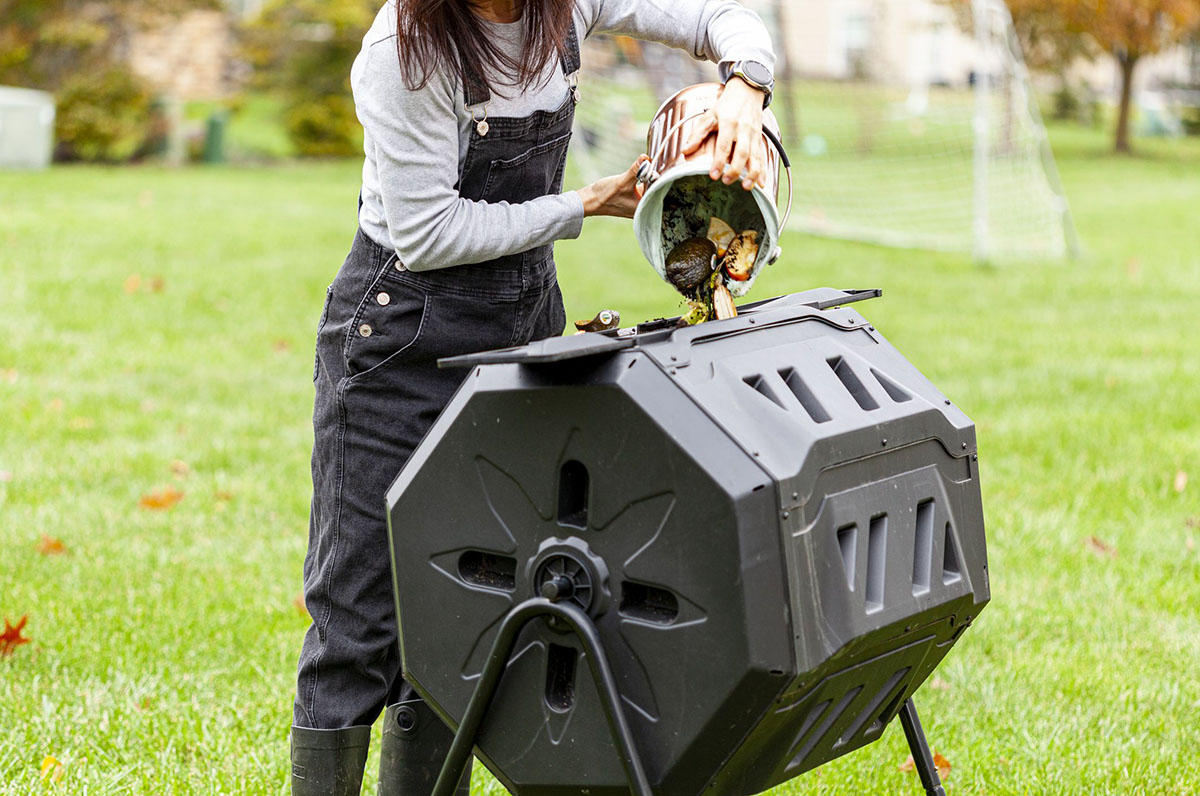
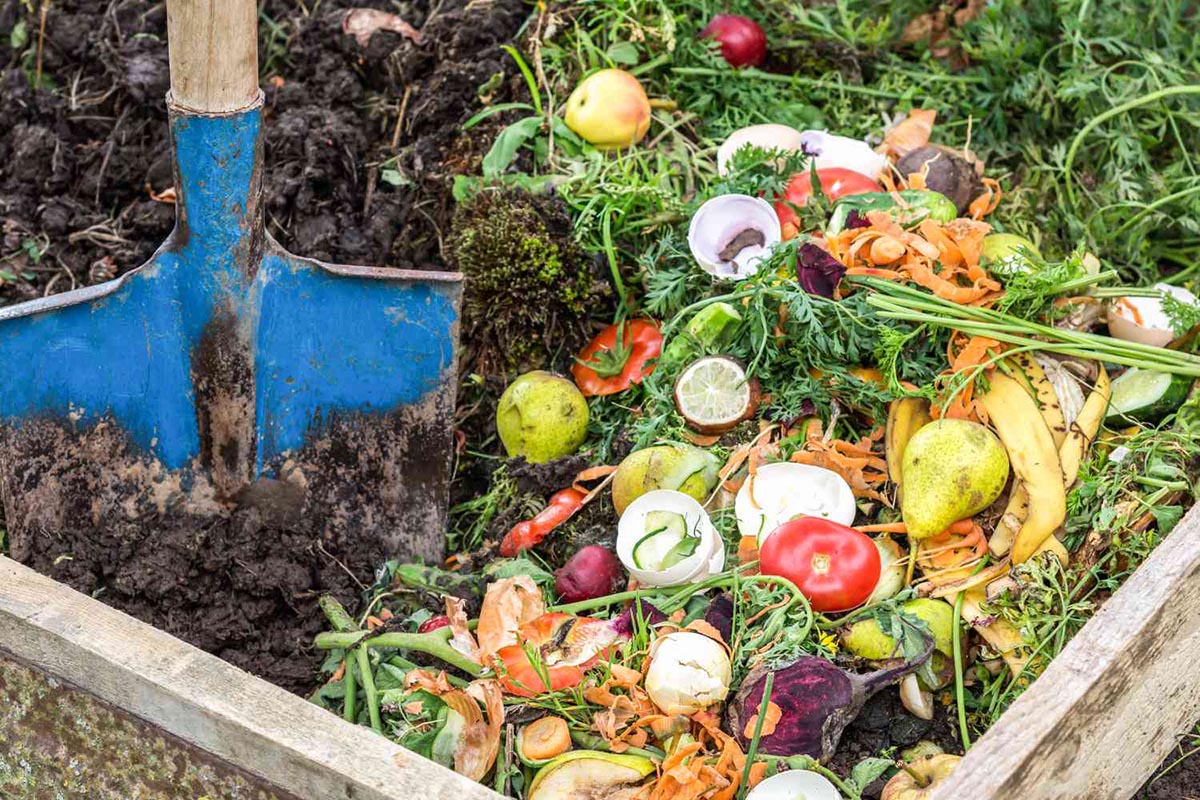
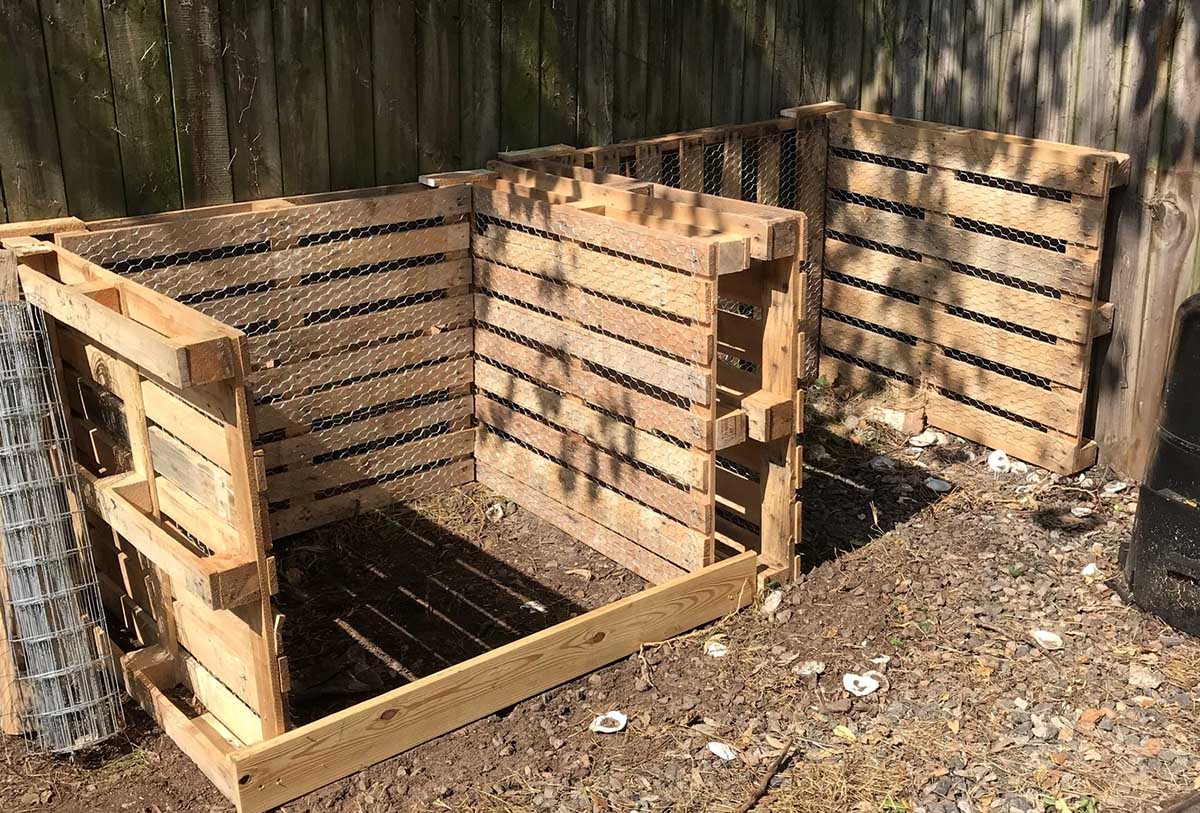
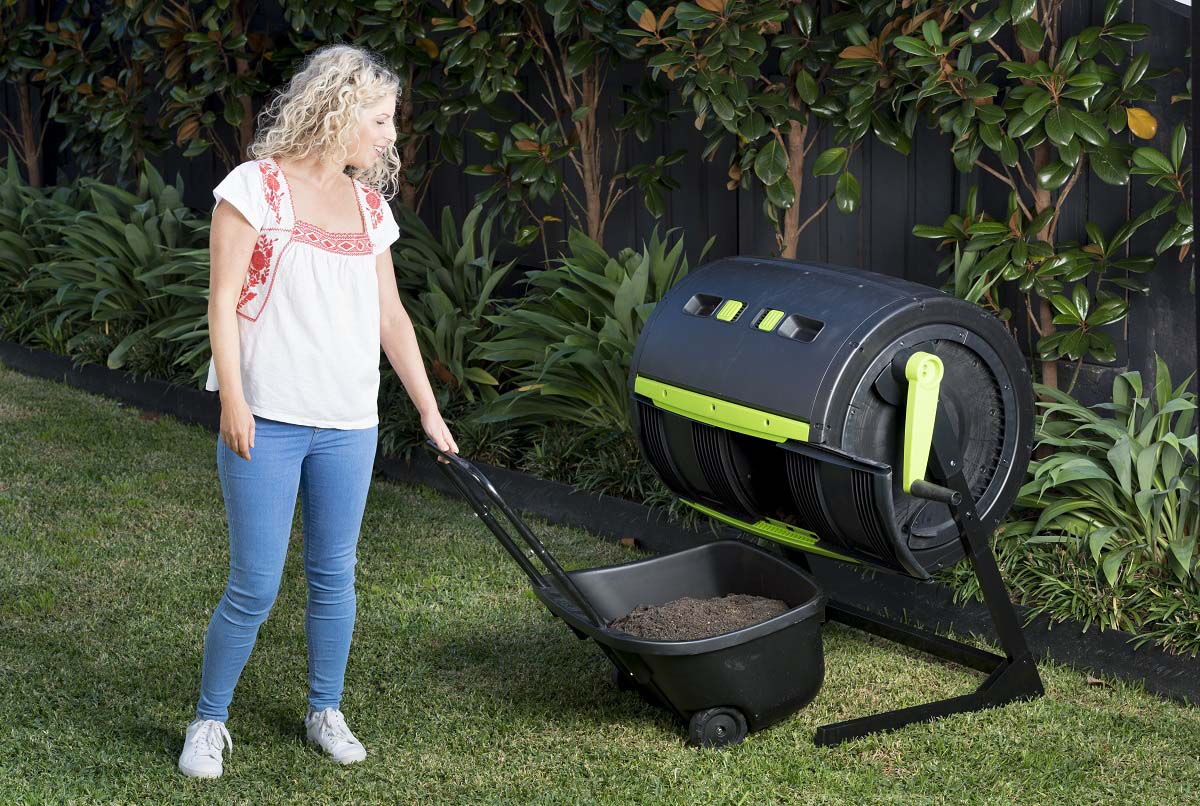

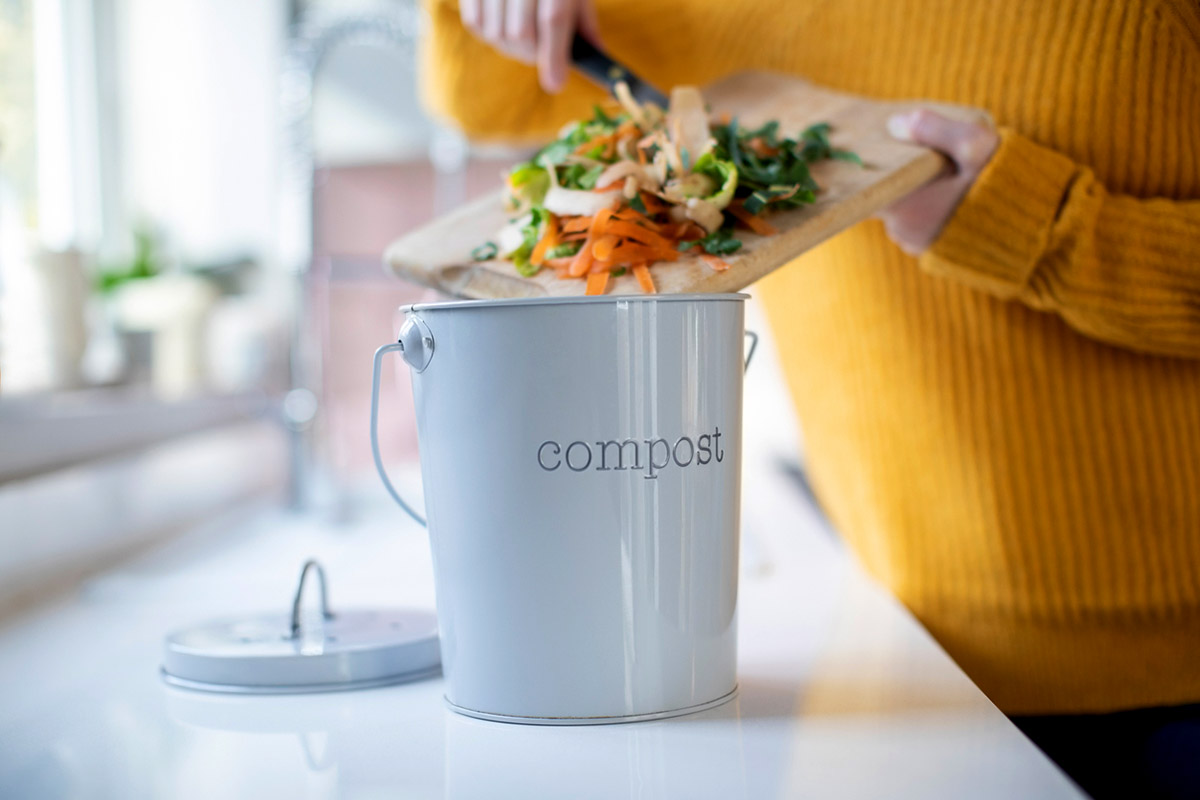
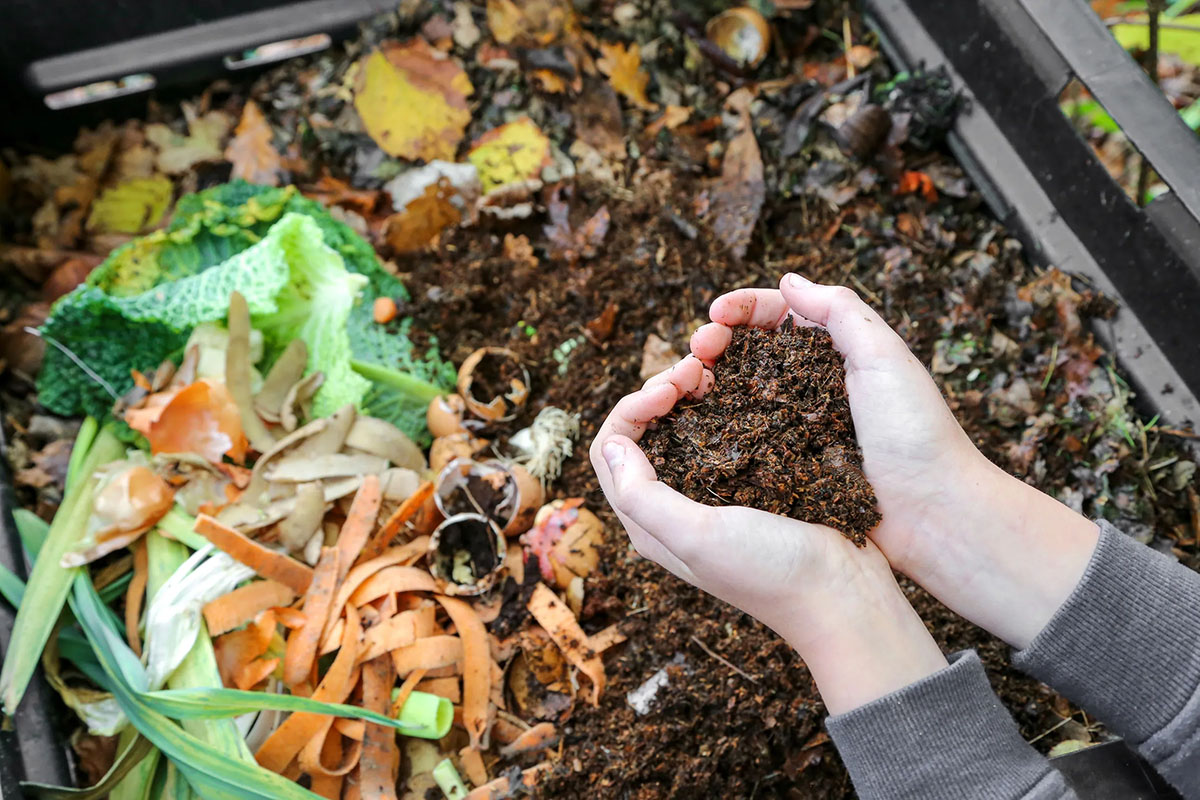
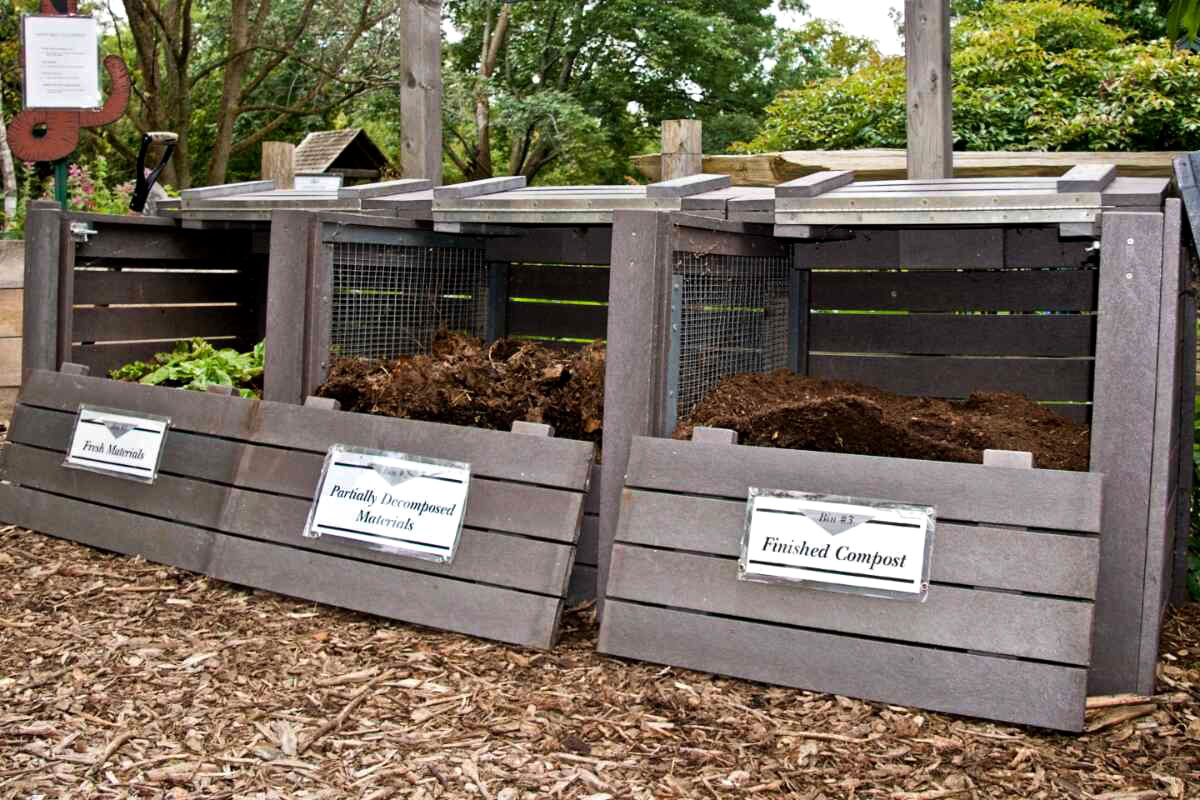
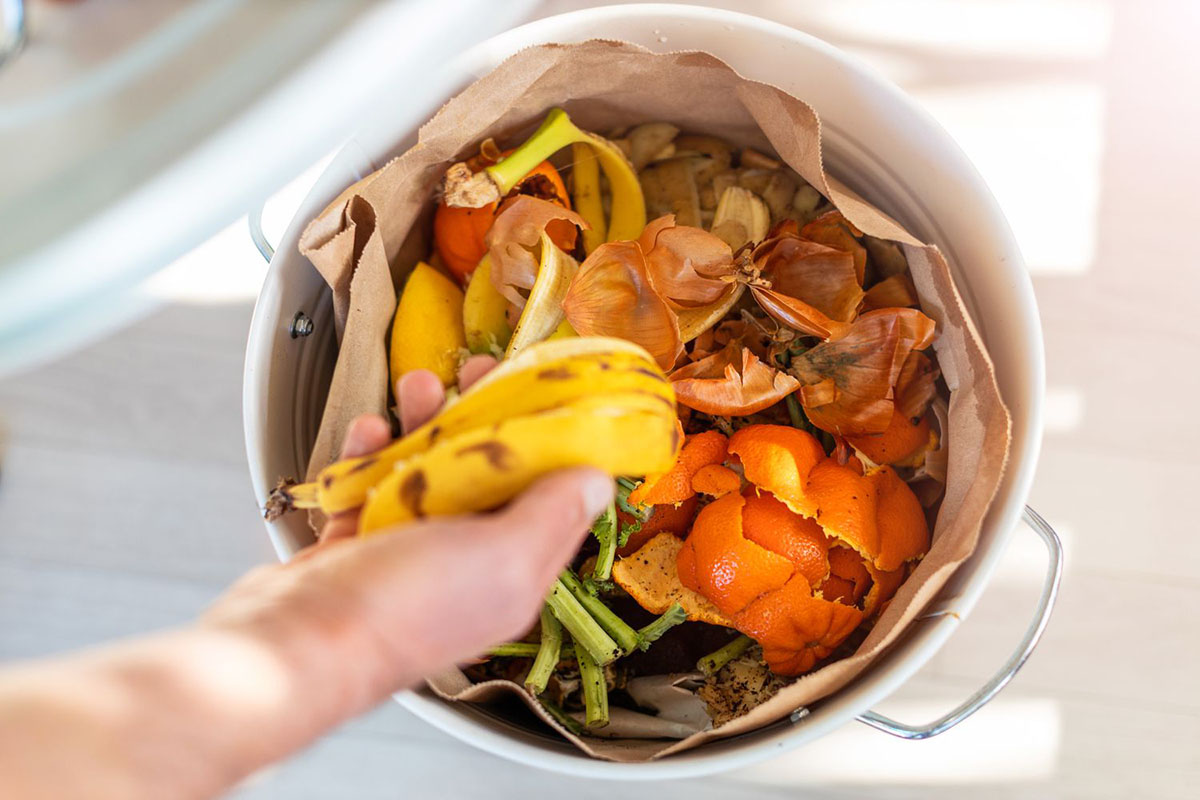
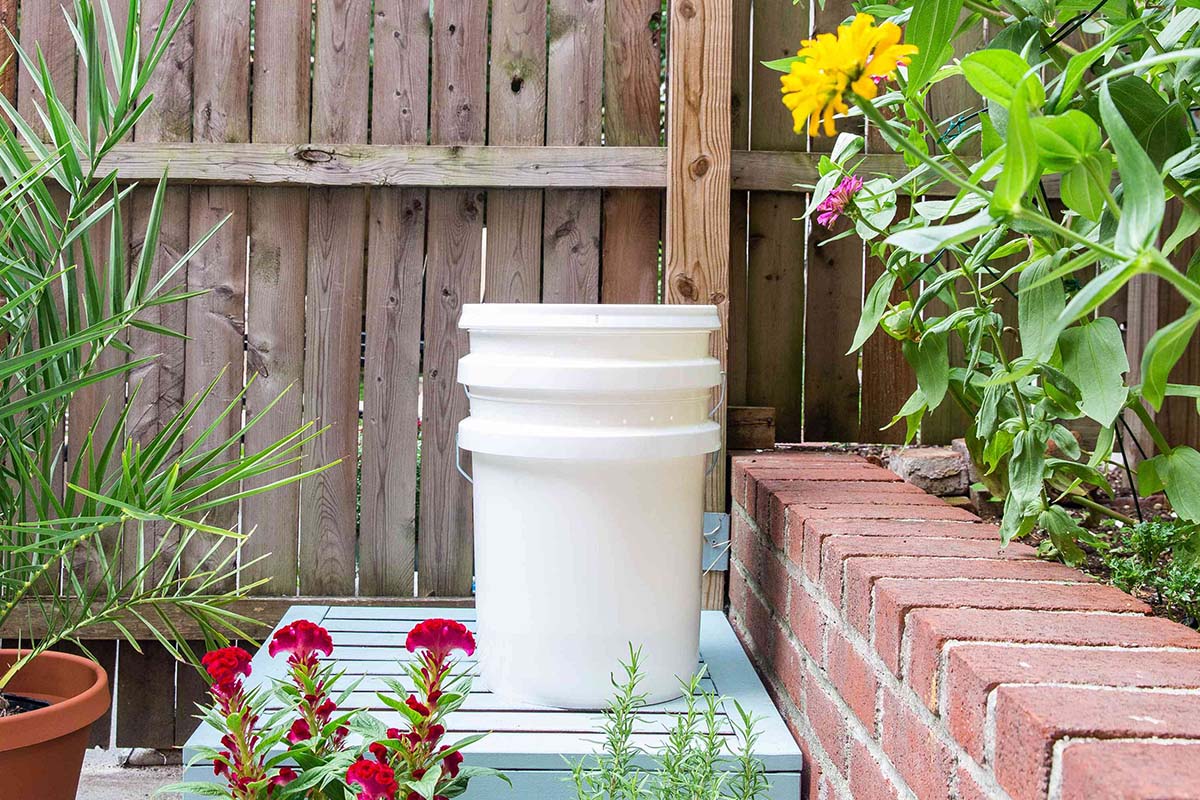
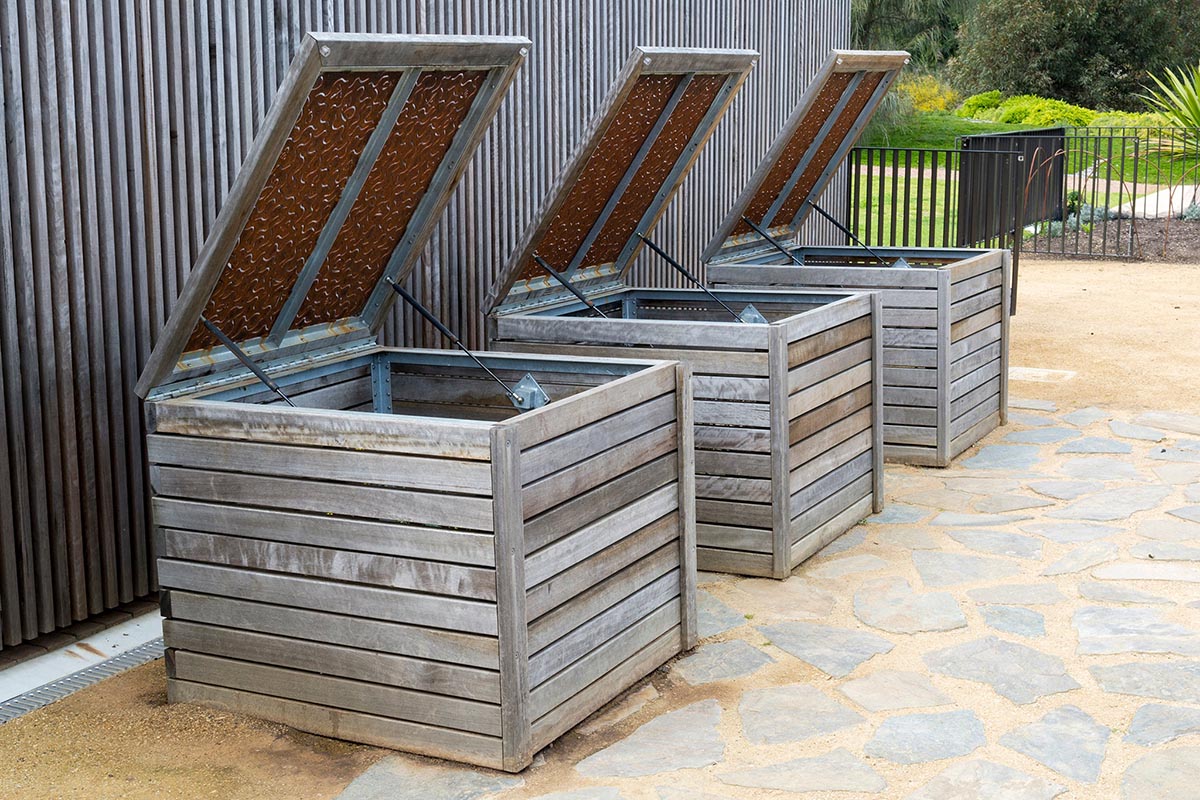
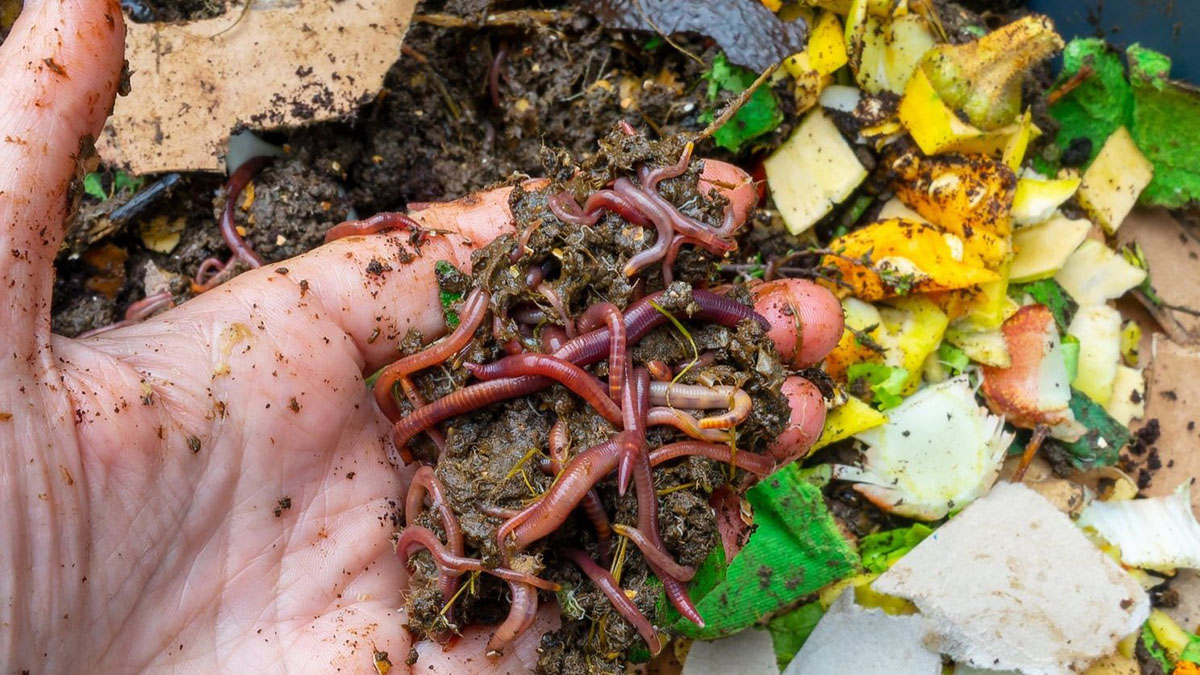
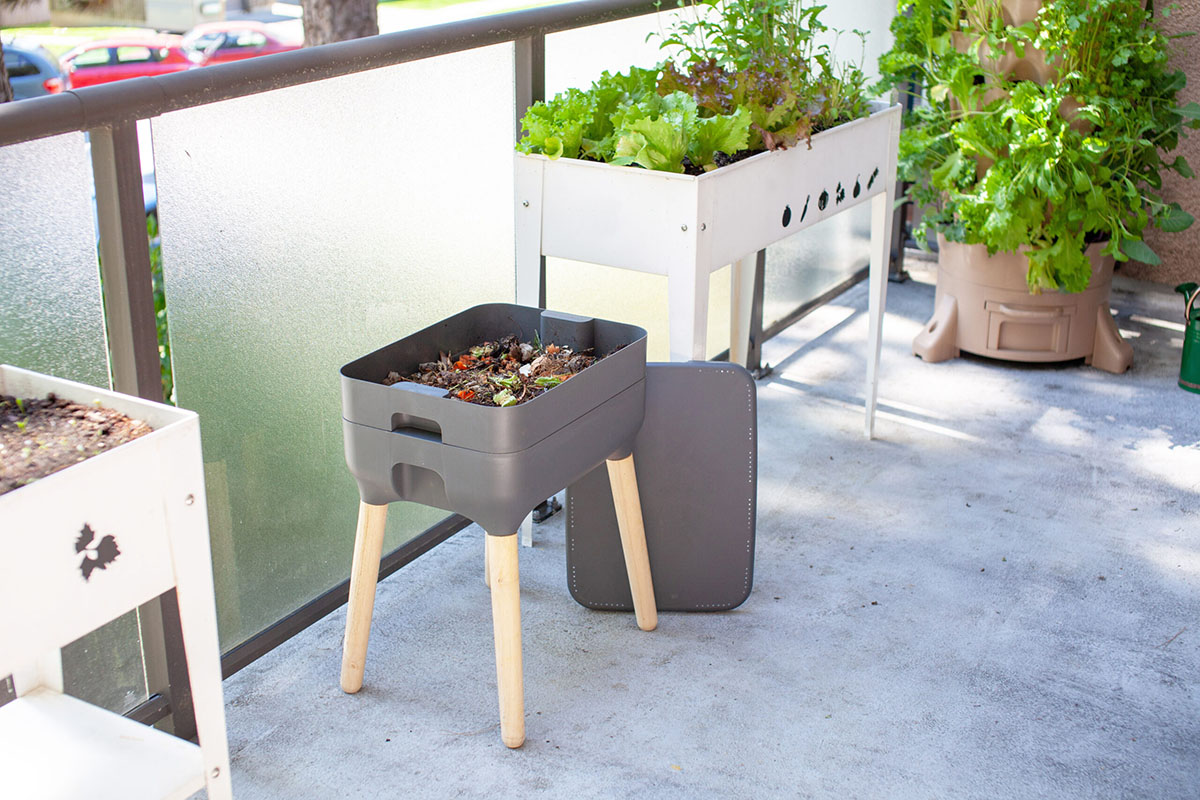
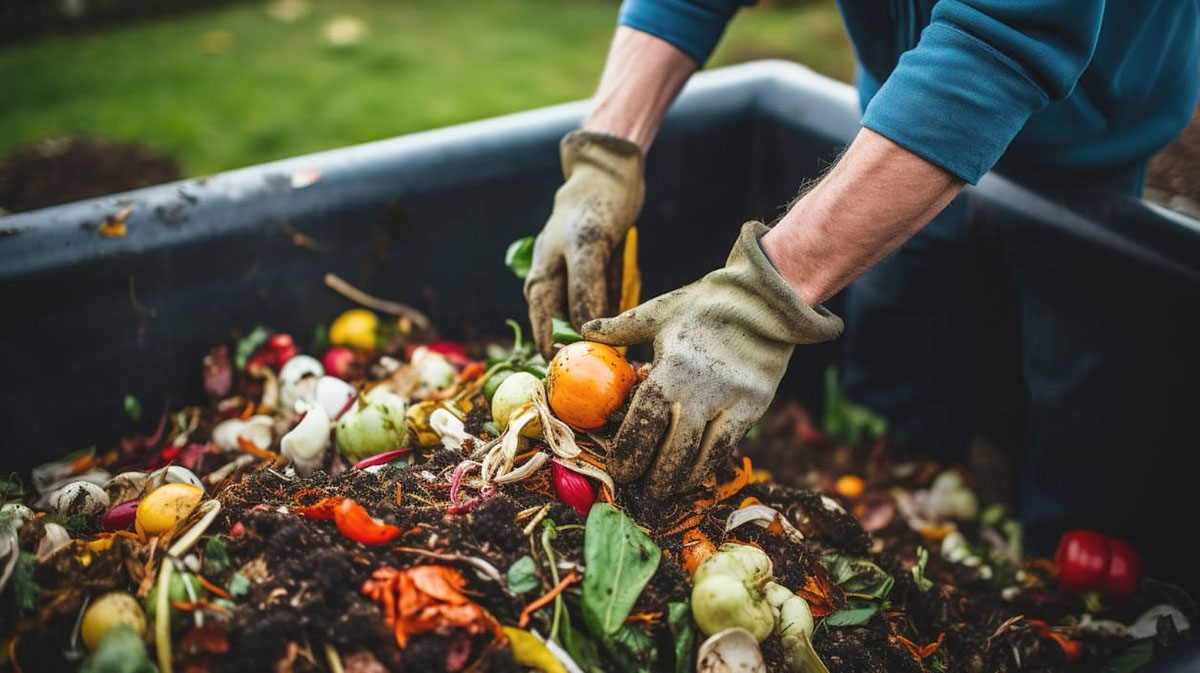

0 thoughts on “How To Reduce Flies In A Compost Bin”